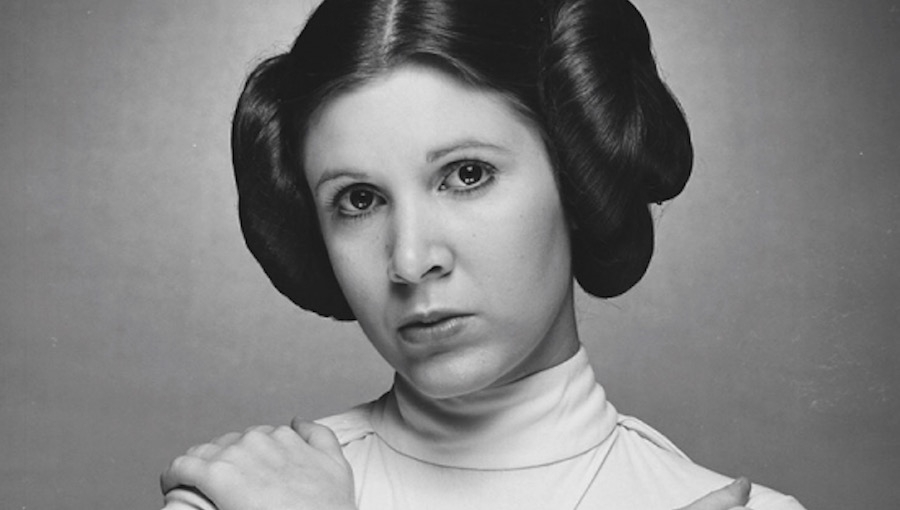In the UK, we had to wait for months.
Released in May 1977 in the US, Star Wars didn’t hit Britain’s shores until late December, and didn’t go on extended release until January 1978. In the meantime, TV and newspapers escalated the hype. Film clips, cast interviews, scenes of movie-goers lining around the block, we were fed endless tidbits, and while most of my friends were obsessing about Saturday Night Fever, as a science fiction fan, I could hardly wait for Star Wars to arrive.
This was the Seventies, and the big cinema era had come and gone. Boarded-up theaters were crudely replaced by shadowy, featureless halls in the crappy areas of town, and it was into one of the latter I crept, excited and hopeful. When I emerged, the entire world had changed. It really did feel like that, and not content with one viewing, I re-visited the cinema on five more occasions, bought the soundtrack on vinyl, and had a spring in my step for weeks afterward.
Sounds overly dramatic, doesn’t it? Until we consider that the economy was still struggling with the aftermath of the 1973 Oil Crisis. Rampant cost-push inflation, job losses, strikes, electricity shortages that reduced industry to a three-day working week. (The Winter of Discontent was still to come.) Some form of escape was mandatory, and here it was in the form of a no-compromise, unapologetic space adventure. On a creative level, it was as if someone had punched a giant hole in the wall and said, “That place you’ve always dreamed of, here it is!”
This was also an era where no one had time to listen to women complaining about, amongst other things, how we were paid less, or couldn’t get a bank loan, a credit card, or a mortgage. We were met with resistance, quoted as being a “damn nuisance,” and it became exhausting – pushing forward, onward, upward, while shouting into an empty auditorium. Or at least it was until the day Star Wars and Princess Leia came to town.
I’m not about to suggest that Princess Leia single-handedly turned the tide, but she was a kick-ass re-energizer. Her lines drove like battering rams through everything—
“Into the garbage chute, fly boy!”
“You came in that thing? You’re braver than I thought.”
“Put that thing away, you’re gonna get us all killed!”
Here was a female character standing shoulder to shoulder with her male companions. Gone was the cleavage, the deference inherent in a boatload of earlier movies. Instead, Leia was up-to-the-neck in solid white, and the attitude was all business. She was empowering and magnificent, striding through the corridors of the Death Star while the others struggled to keep up. She lit a beacon, kicked open a door. She announced it was time to start being a nuisance once more, to push forward and shout, whether the auditorium was empty or not.
There’s a chapter toward the end of Carrie Fisher’s memoir, The Princess Diarist, where she describes coming to terms with her legion of Star Wars fans. Hundreds of people at various conventions, lining up to talk, get an autograph, grab a picture, or a video. It’s an insightful and poignant read, and, ultimately, she describes how much she and the Princess had absorbed one another. It was a terrible shock to lose her at the end of last year, and I hope, by then, we had managed to let her know how much she and Princess Leia meant to us.
Rest in peace, Carrie, and wherever she is, will somebody get that big, walking carpet out of her way?
Janet Joyce Holden is a novelist, originally from the north of England, and she now lives in southern California. She is the author of Carousel, The Only Red Is Blood, and the Origins of Blood vampire series. When not scribbling furiously, she can be found pulling up weeds in the garden, coaxing fabric through a cantankerous sewing machine, or outside, practicing with a sword or two.You can find her at janetjoyceholden.com.

